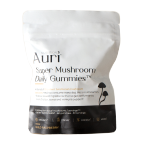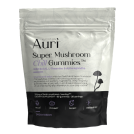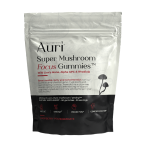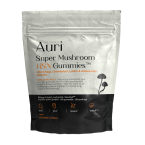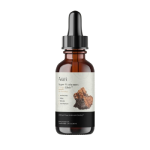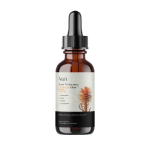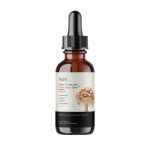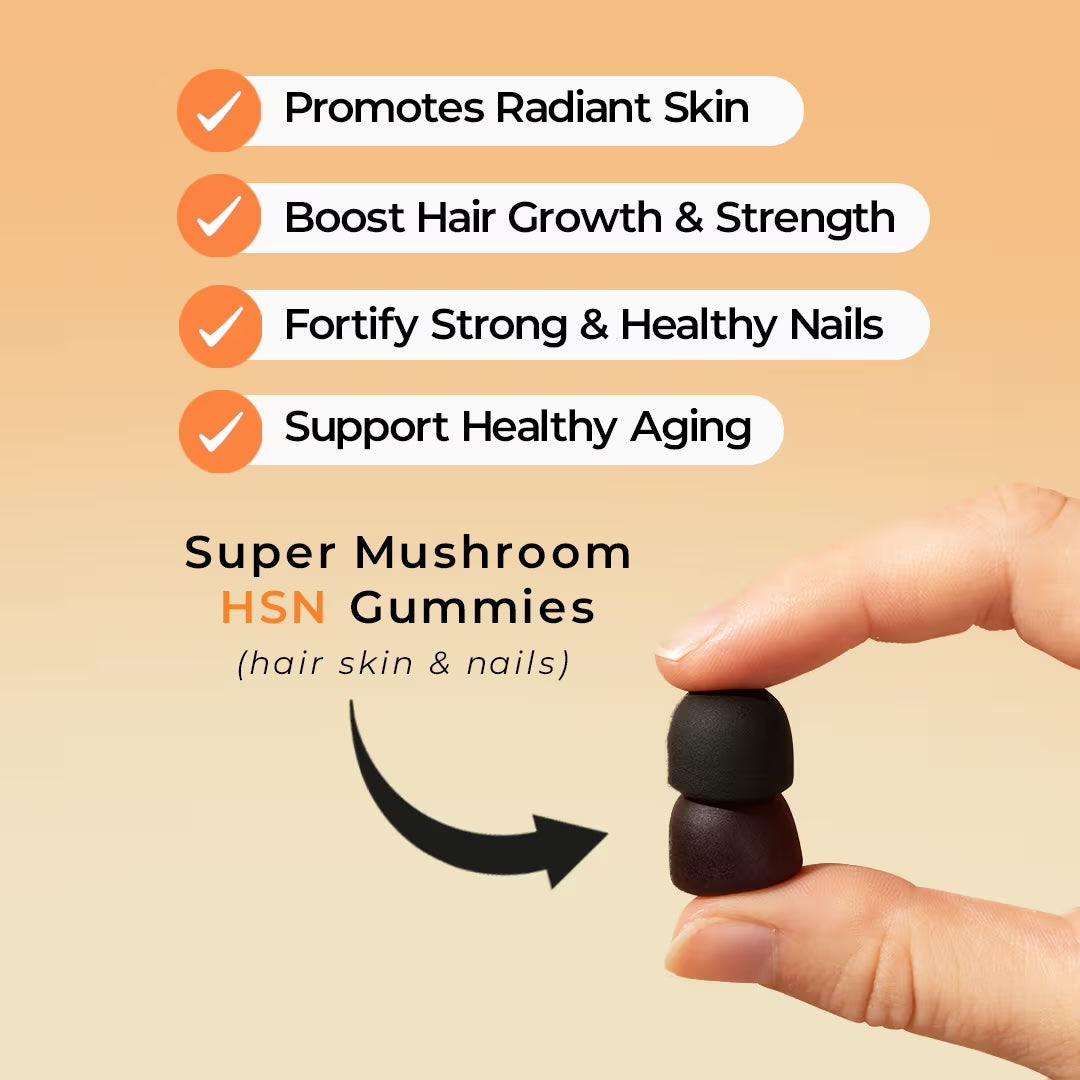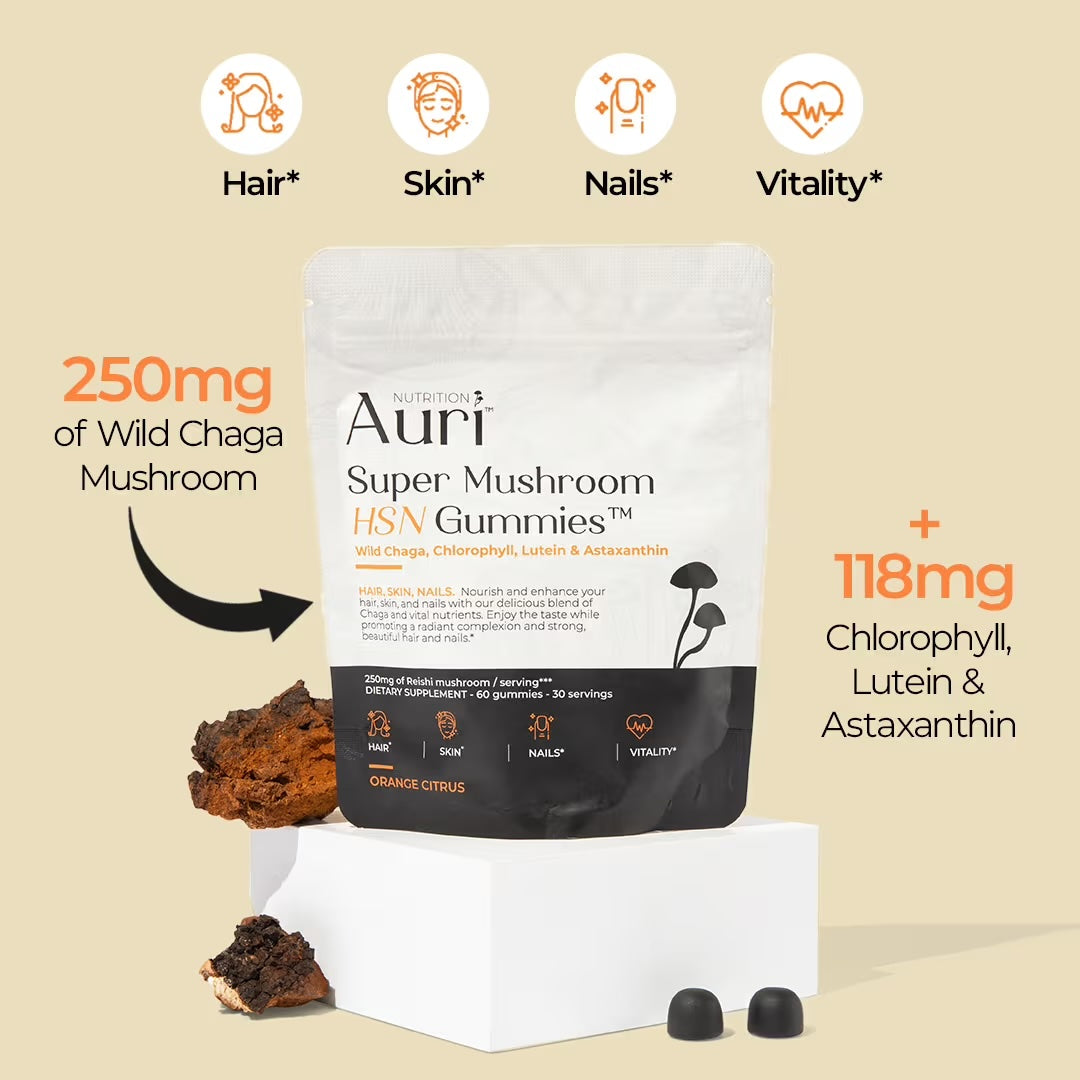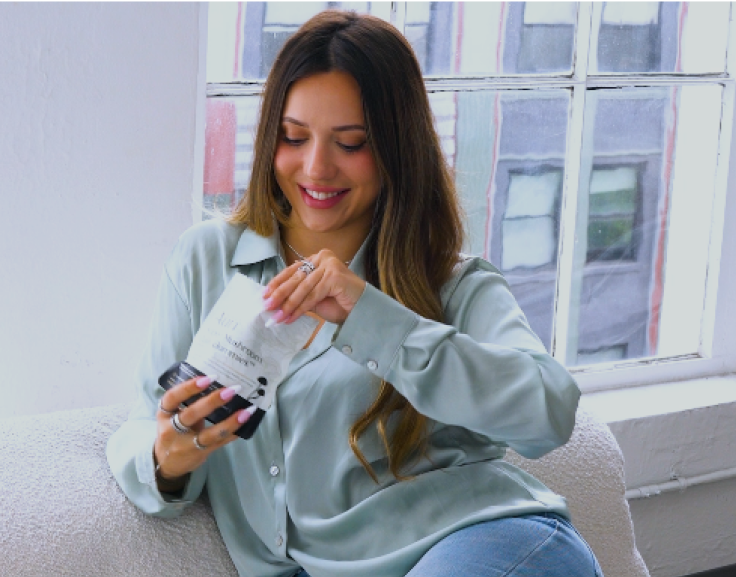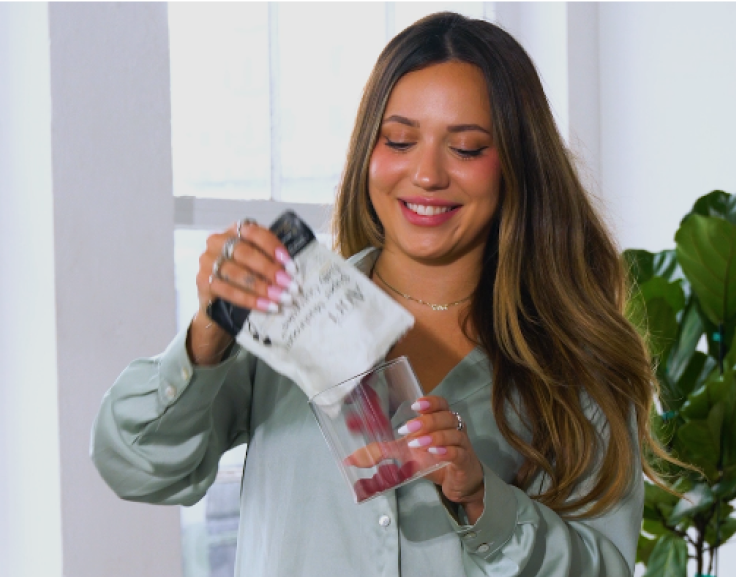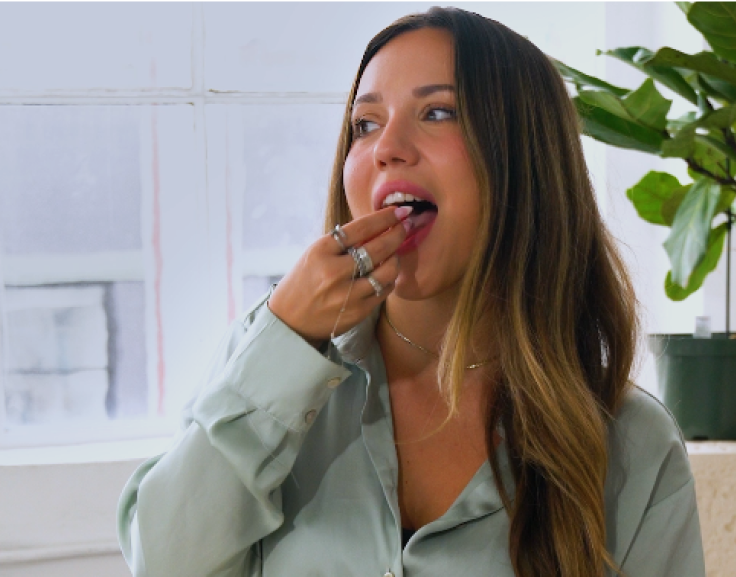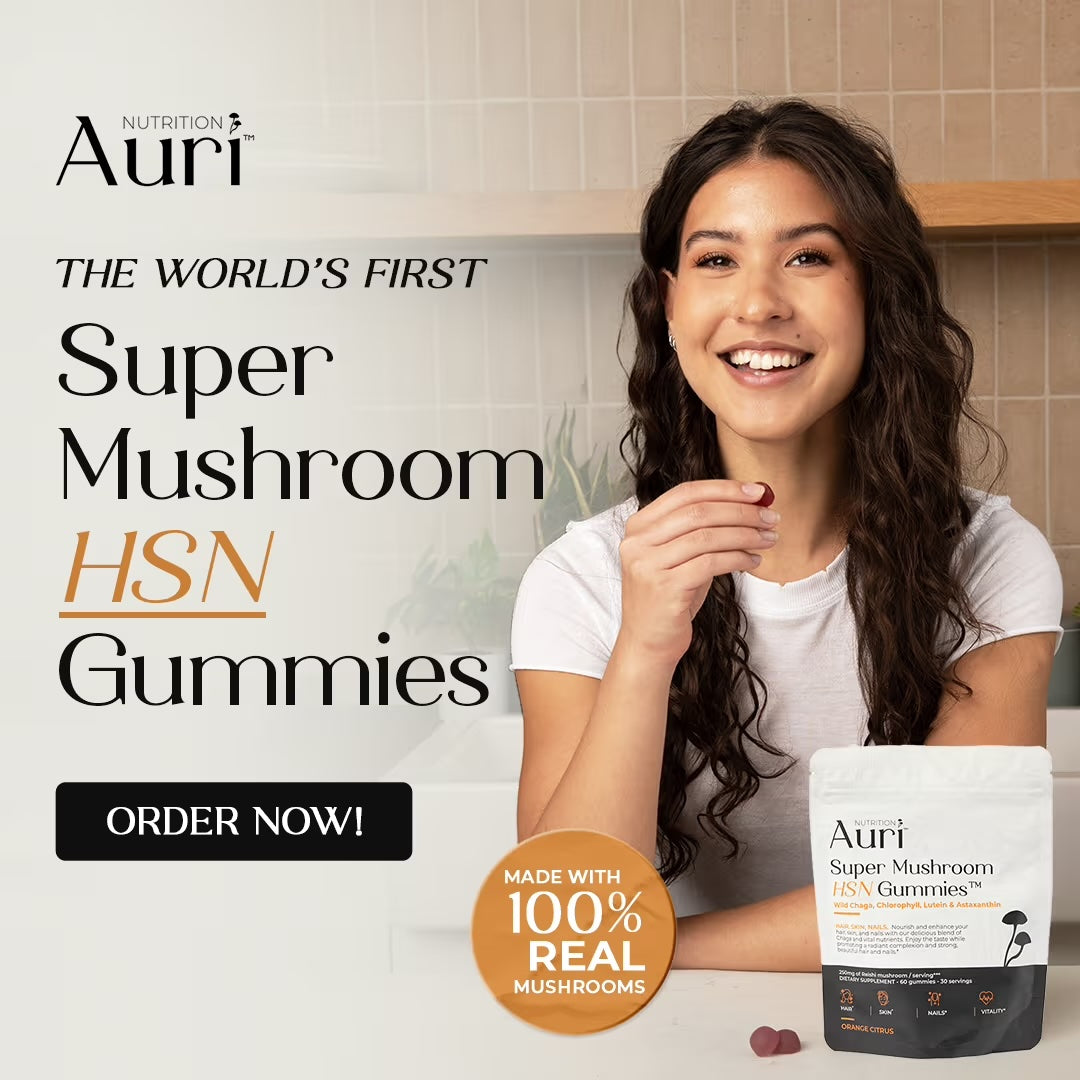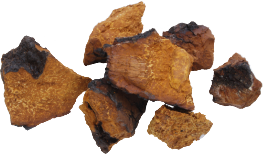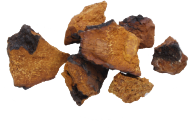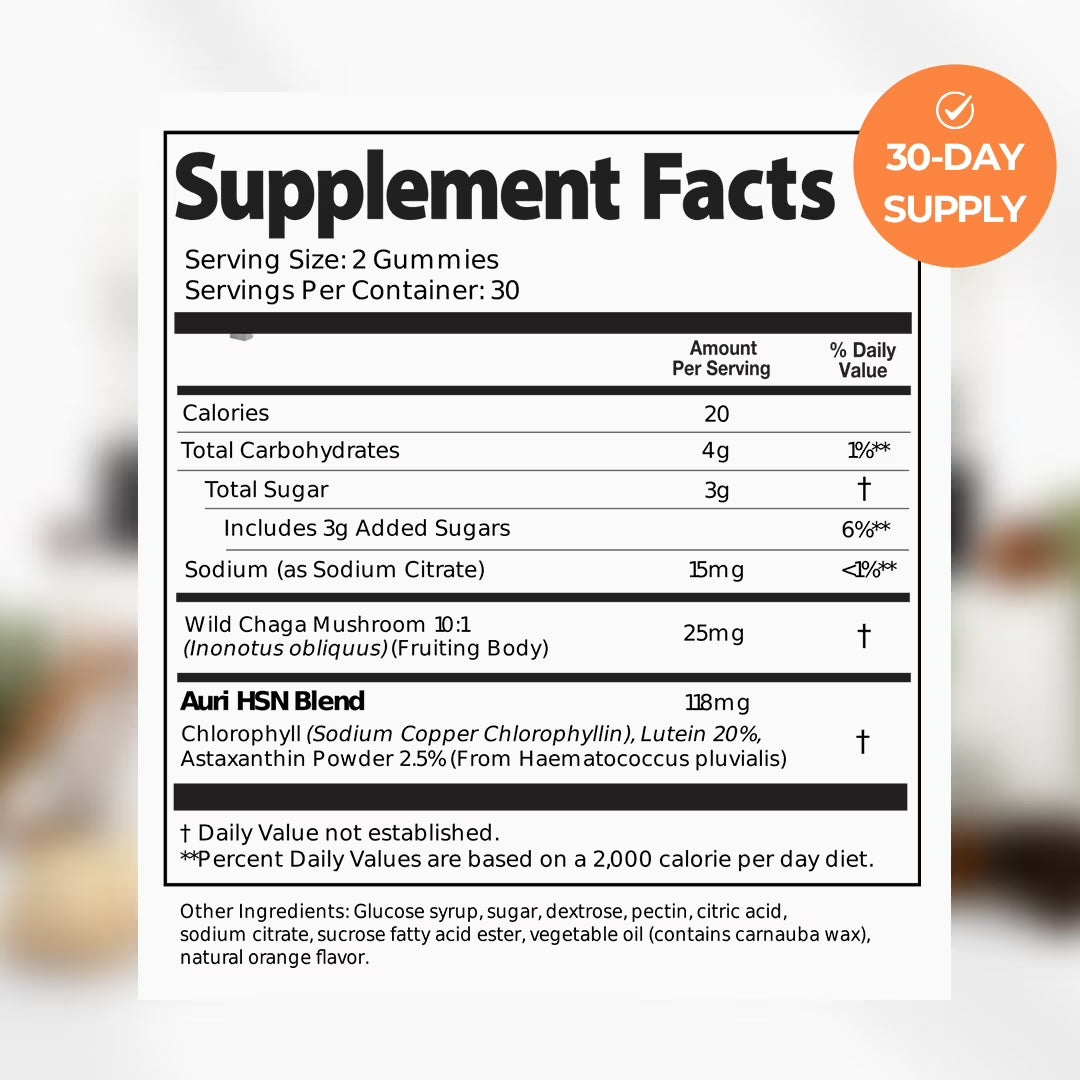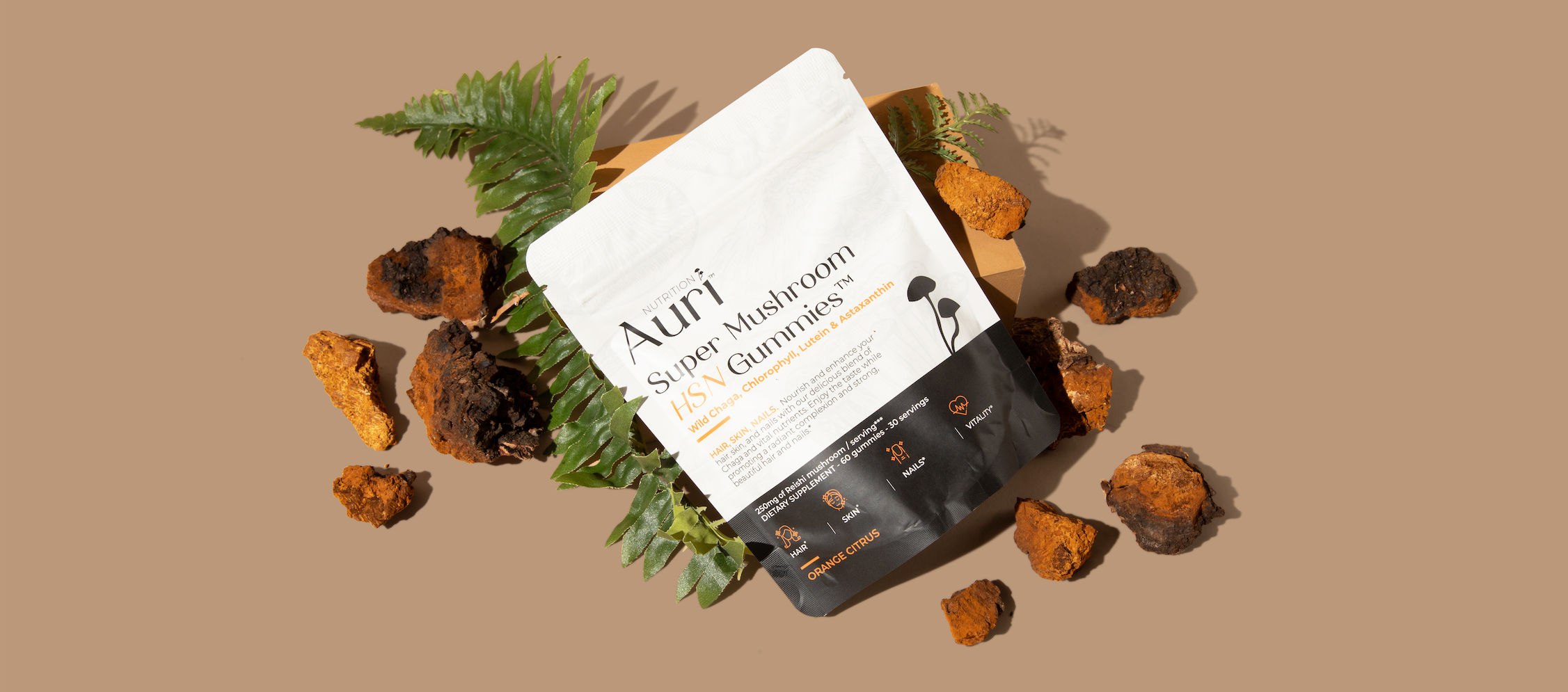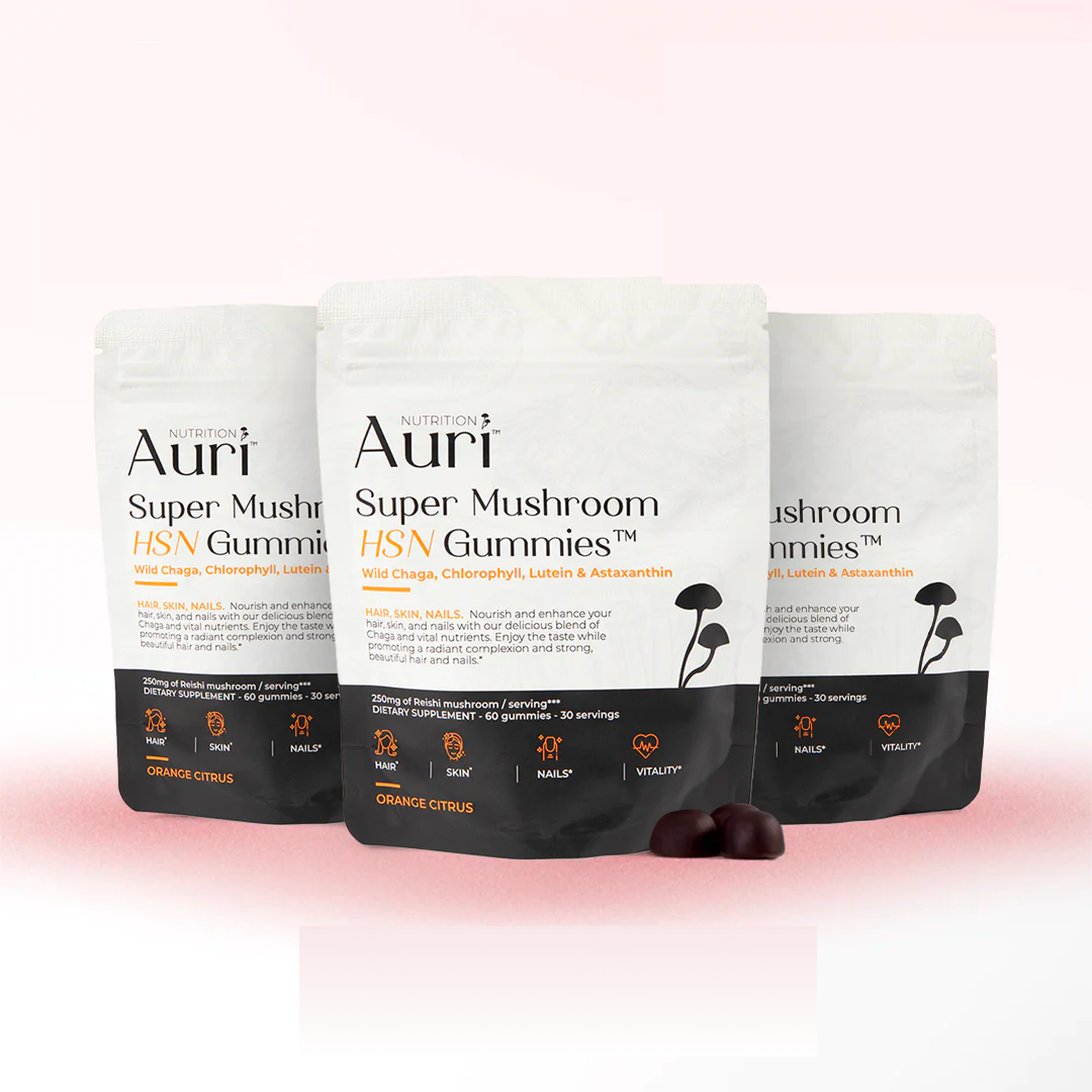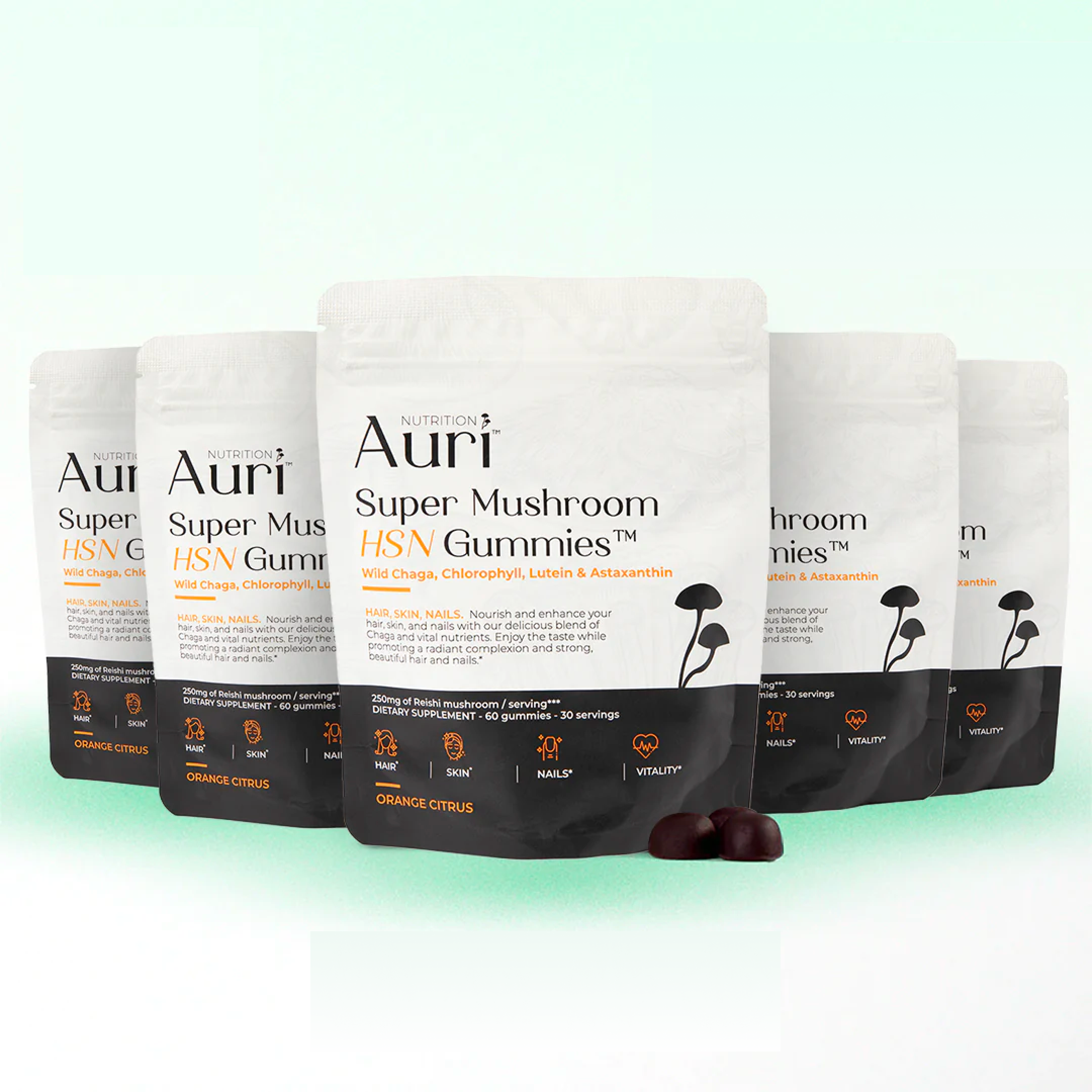Descubre los secretos de los hongos adaptógenos y los nutrientes esenciales para la belleza en nuestras Gomitas Super Mushroom HSN, especialmente elaboradas. Sumérgete en la sensación natural de cada porción para:
🌟Promueve una piel radiante*
💇 Aumenta el crecimiento y la fuerza del cabello*
💅 Fortalece unas uñas fuertes y sanas*
🕰️ Apoya el envejecimiento saludable*
Estas deliciosas gomitas son más que un simple capricho; son tu aliado diario para una belleza radiante desde dentro. Diseñadas para el disfrute diario, ofrecen lo mejor de la naturaleza para tu cabello, piel y uñas, asegurándote un brillo radiante y radiante.
25 mg de extracto de Chaga silvestre 10:1 por ración (equivalente a 250 mg de cuerpo fructífero)



